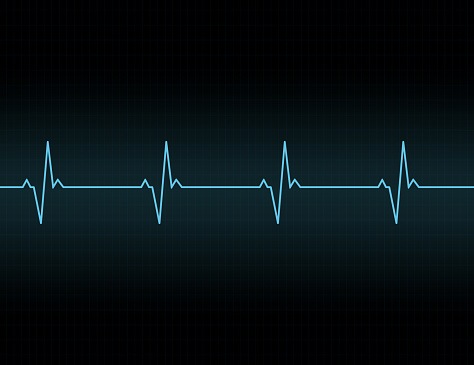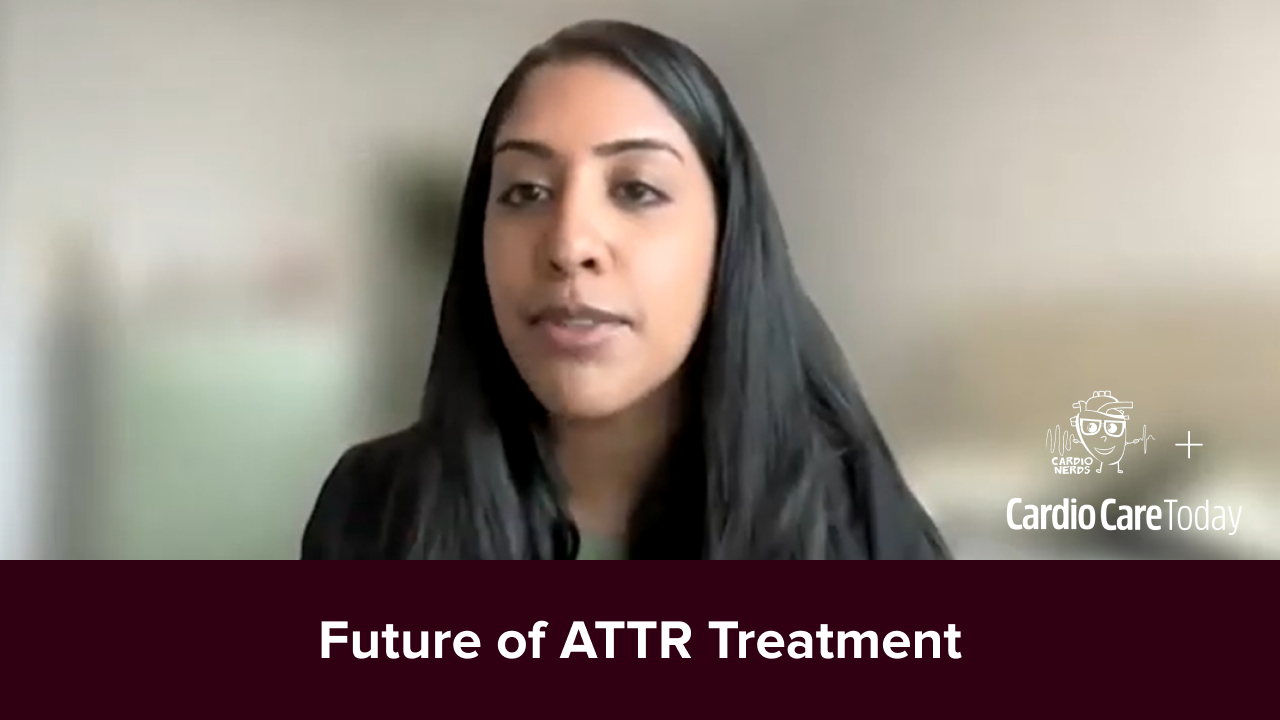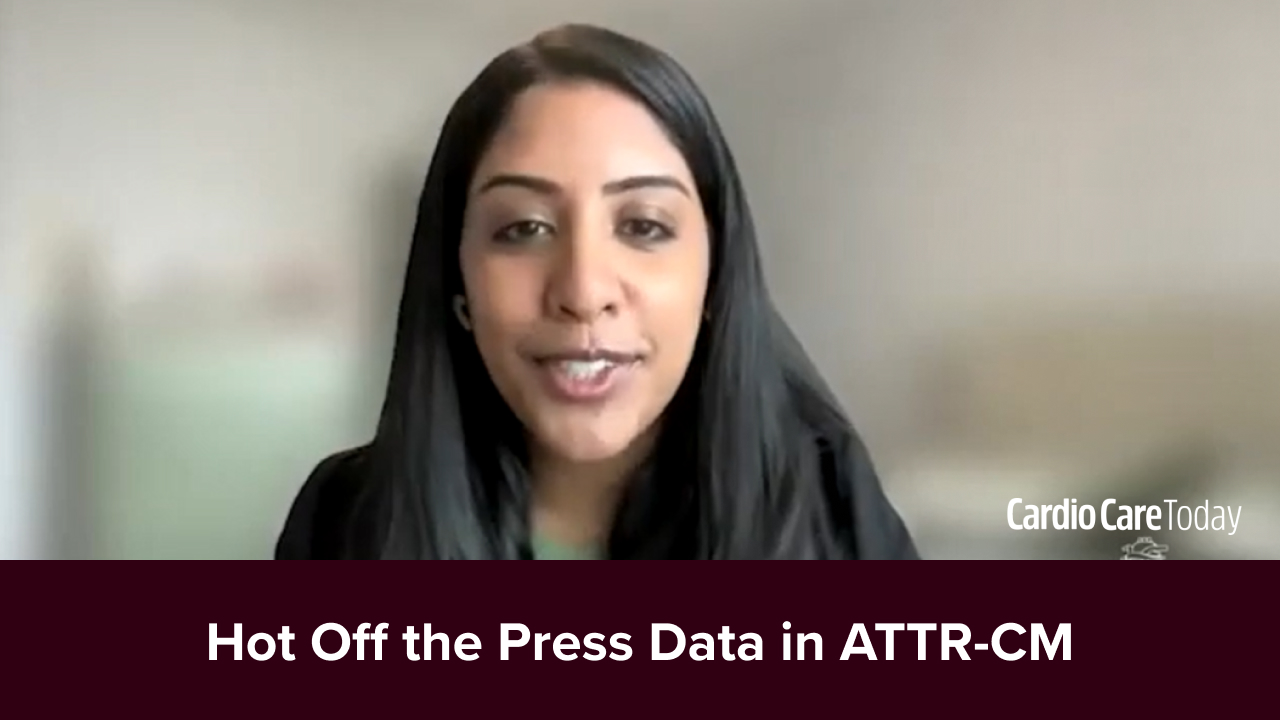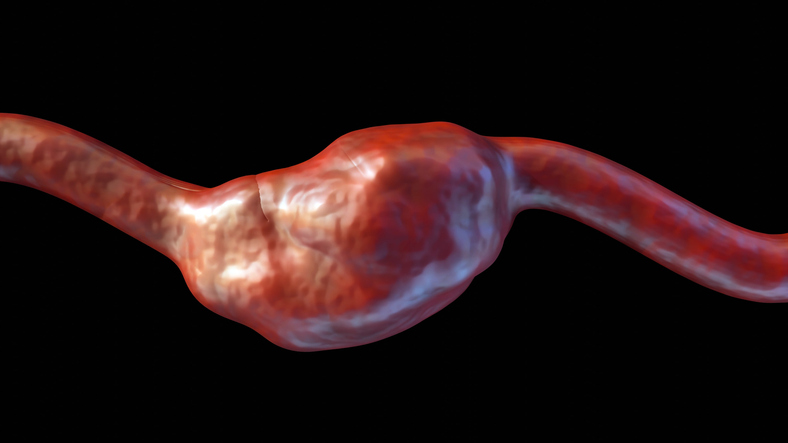
Editor’s Note: Patrick Zakka, MD, is Chief Resident at Emory Internal Medicine and a correspondent with the CardioNerds, a DocWire News content partner. Follow Patrick on Twitter @PatrickZakka.
The prevalence of atrial fibrillation (AF) in patients with heart failure (HF) increases with severity of disease. AF is seen in about 5% of patients with mild HF and in up to 50% of patients with severe HF.1 Patients with combined disease have increased risk of cardiovascular complications that include HF hospitalization, and death.
The previously published EAST-AFNET 4 trial showed that early rhythm control therapy with antiarrhythmics or ablation in all patients with AF and cardiovascular risk factors was associated with a lower risk of cardiovascular complications compared to usual care.2 Subgroup analysis from this study has now been presented at the Heart Rhythm Society (HRS 2021) conference demonstrated that patients with combined AF and HF showed benefit for early rhythm control across HF subtypes (HF with preserved EF, EF 40-49%, and EF<40%).
A subgroup analysis of the EAST–AFNET4 revealed: Early initiation of rhythm control therapy is associated w/ clinical benefit in pat w/ heart fail & recently diagnosed #Afib. Presented by @AndreasRillig at @HRSonline #HRS2021 https://t.co/IpNoLyZXaa@afnet_ev#EHRA_ESC#EPeeps
— EHRAPresident (@EHRAPresident) July 30, 2021
The composite primary outcome of cardiovascular death, stroke, or hospitalization for worsening HF or for acute coronary syndrome occurred significantly more in the usual care arm (7.9 per 100 patient-years) as compared to the early rhythm control arm (5.7 per 100 patient-years; P=0.03). Early rhythm control was also shown to be safe in patients with HF as the primary safety outcome (composite of death, stroke, or serious adverse events of rhythm control therapy). The composite outcome of death or hospitalization for worsening heart failure was also significantly improved in the rhythm control arm.
Based on these findings, it was concluded that early rhythm control therapy for all patients with HF is clinically beneficial and either antiarrhythmic therapy and/or catheter ablation should be a therapeutic strategy offered to all patients with concomitant AF and all subtypes of HF.3
The EAST-AFNET 4 trial along with this subgroup analysis of patients with combined AF and HF stresses the idea of early rhythm control. In prior trials, such as the AF-CHF trial that studies rate vs rhythm control strategies in patients with AF and HF, there was no difference in rate of death from cardiovascular causes.4 However, this trial enrolled patients with chronic AF and HF while the EAST-AFNET 4 trial enrolled patients who had intervention within 1 year of AF diagnosis. Chronic AF leads to more atrial fibrosis and increased atrial size, which makes rhythm control strategies increasingly challenging as sinus rhythm becomes more difficult to maintain.
Hence, while historically, a rate-control approach has been the first-line treatment for AF, with rhythm control strategies reserved for patients with refractory symptoms, there is now increasing evidence causing a paradigm shift towards rhythm control strategy for patients with early atrial fibrillation.
References
- Kareti KR, Chiong JR, Hsu SS, et al. Congestive heart failure and atrial fibrillation: rhythm versus rate control. J Card Fail. 2005;11:164-172.
- Kirchhof P, Camm AJ, Goette A, et al. Early rhythm control therapy in patients with atrial fibrillation. N Engl J Med. 2020; 383:1305-1316.
- Rillig A, Magnussen C, Ozga A, et al. Early rhythm control therapy in patients with heart failure. Circulation. 2021 (published ahead of print).
- Roy D, Talajic M, Nattel S, et al. Rhythm control versus rate control for atrial fibrillation and heart failure. N Engl J Med. 2008;358:2667-2677.







 © 2025 Mashup Media, LLC, a Formedics Property. All Rights Reserved.
© 2025 Mashup Media, LLC, a Formedics Property. All Rights Reserved.